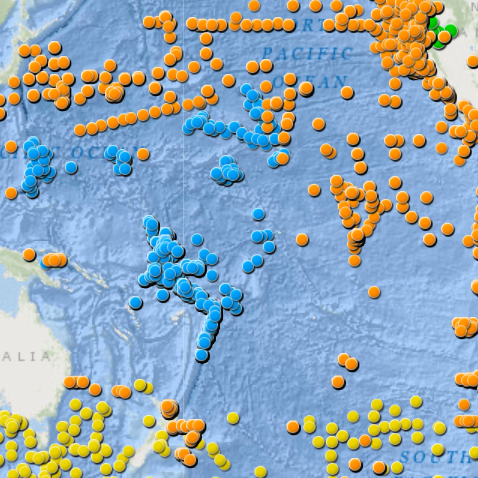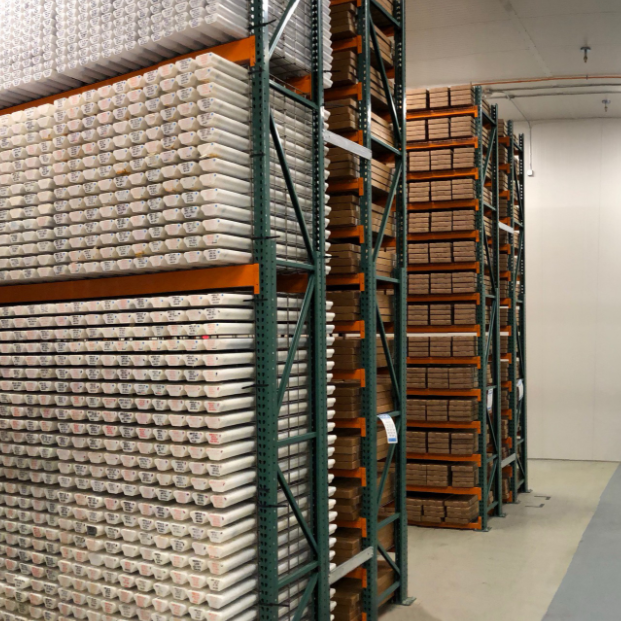
Our mission is to facilitate research, education, and the advancement of scientific knowledge through access and preservation of our diverse collection of rock, lake, and marine sediment samples from around the world and pole to pole.

Sample Requests
At OSU-MGR we distribute thousands of sediment and hard rock samples on an annual basis to researchers all over the world. As an NSF-OCE-MGG funded facility, the OSU-MGR (and therefore PI’s who curate their samples) is bound by the NSF-OCE data policy for NSF-OCE funded projects. Samples from cores and rocks, information on sampling stations, and descriptions of materials from the OSU collection are provided to qualified scientific investigators upon receipt of well-documented requests. Materials for educational purposes and museum displays may also be available in limited quantities.

Collections
The collection includes more than 24 miles of oceanic sediment cores and tens of thousands of marine rock specimens that provide scientists an archive of Earth’s history, including changes in climate, biology, volcanic and seismic activity, meteorite interactions and more. In 2017, the university was awarded stewardship of the cores of the Antarctic Marine Geology Research Facility, which had been housed at Florida State University, by the National Science Foundation. The Florida State collection was transferred to Oregon State via 14 50-foot refrigerated semi-trucks over the summer of 2018.

Facility
The OSU-MGR is a National Science Foundation (NSF) funded repository that hosts the OSU Marine Geology and Geophysics collection and the Antarctic Core Collection. OSU moved its existing collection from storage on campus to the new 33,000 ft² facility that includes 10,900 ft² of refrigerated core storage, 11,600 ft² of dry rock storage and a 550 ft² walk-in freezer. The facility is well-equipped to run major sampling parties, research programs, and educational endeavors. Laboratory space is available for analytical activities including scanning tracks for physical properties and elemental analyses.
Education and Outreach
Outreach is an important part of what we do at the OSU-MGR. Our collections cover time periods ranging from sediment deposited on the ocean floor in the last few years to sediments that are millions of years old, giving students the opportunity to learn about ocean processes occurring in different places and over multiple time scales. Please see our education and outreach pages for information about in-person and virtual tours as well as videos and activities to learn more about cores and coring.

In the News
OSU-MGR in the news! Read on in this Nature article to learn more about how polar researchers adapted their projects as a result of the pandemic.
